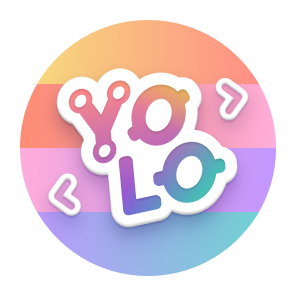🤖
Beep boop!
-
MrBBot
- United Kingdom
- linkedin.com/in/brendancoll
- @_mrbbot
Block or Report
Block or report mrbbot
Report abuse
Contact GitHub support about this user’s behavior. Learn more about reporting abuse.
Report abusePinned
-
cloudflare/miniflare
cloudflare/miniflare Public🔥 Fully-local simulator for Cloudflare Workers. For the latest version, see https://github.com/cloudflare/workers-sdk/tree/main/packages/miniflare.
-
beacon-meshenger/beacon
beacon-meshenger/beacon PublicEnd to end encrypted mesh network messenger - Winner of Hack Cambridge 2021
-
cloudflare/workers-types
cloudflare/workers-types Public archiveTypeScript type definitions for authoring Cloudflare Workers.
Something went wrong, please refresh the page to try again.
If the problem persists, check the GitHub status page or contact support.
If the problem persists, check the GitHub status page or contact support.





